Reporting on the new Bates Smart designed Justice Building, Indesign Magazine Editor, Paul McGillick, explores the civic heritage of Sydney’s Parramatta.
June 30th, 2008
Parramatta has long been the demographic centre of greater Sydney. To meet the demand of growing population density, there has been a stream of new commercial and government buildings. Bates Smart set a classy precedent in 2004 with the NSW Police Headquarters. Now, says Paul McGillick, they have raised the bar with the new Justice Building.
Parramatta might be the demographic centre of greater Sydney, but it is equally the historic centre because it was founded in the same year as Sydney, 1788. It was the furthest navigable point inland on the Parramatta River and it was the point at which the salt water of Sydney Harbour became fresh water. In other words, it was suitable for farming and the new colony was desperate for fertile arable land to feed itself having discovered that the land around Sydney Cove could not produce sufficient food for the fledgling colony.
Parramatta is a richly historical city, not just for its civic heritage (such as the superb Lennox Bridge, old Government House etc.), but also for its role in the agricultural development of the colony (embodied in extant buildings such as Elizabeth Farm and Experiment Farm House). Regrettably, although the built heritage of Parramatta has been well-preserved, the subsequent development of the city has that all-too-familiar Australian look to it: cheap, crudely utilitarian and provisional.
That is, until recently, because there is now a focussed attempt to ensure a quality of planning and design to match the heritage and the new Parramatta Justice Building is a case in point.
It is part of the Parramatta Legal Precinct, occupying a prime site on the river, and flanked by the new Trials Court building (Lyons Architects) and new Children’s Court (NSW Government Architect). Also part of the precinct is Jeffrey House, a pre-War building now serving as a medical centre and Brislington House, an 1821 building which served as a doctors’ residence before being incorporated into Parramatta Hospital, and now a medical and nursing museum.
The site itself was home to the original Parramatta Hospital (1792). This is long since demolished, but the archaeology has been uncovered and is displayed within a new café pavilion.
This pavilion sits on a raised plaza which acts as a ceremonial approach to the Justice Building, so that visitors walk up the steps from Marsden Street, cross the plaza and then step down again to enter the building. The original hospital was sited within a walled compound and grew its own fruit and vegetables. A remnant sandstone wall references this history and helps to define the southern edge of the plaza while lemon trees and herbs celebrate the history of the site.
This is a layering of history which is replicated by layering on the building’s façade and inside by a layering of experience and accessibility.
The Justice Building houses the NSW Attorney-General’s Department and a number of other government legal departments such as the Registry of Births, Deaths and Marriages. The marriage chapel, for example, is almost entirely glazed and occupies the northern corner of the ground floor with grand views out across the landscape and the river – a far cry from the dingy, windowless and soul-less coffins where so many were once forced to tie what was meant to be a joyous knot.
It seems that this government legal organisation has taken a leaf out of the new book of private legal practices, dispensing with the traditional inward-looking, sombre and strait-laced image of the law and opting for light, colour, transparency and open, fluid spaces.
Bates Smart (who were responsible for both the base building and the integrated interior fit-out) have delivered on the brief for an open, flexible floorplate with the potential for greater connectivity between staff by detaching the lift and services core which has been placed on the western elevation to reduce solar heat gain. A ten-storey atrium links the core with the office levels, drawing light into the building, extracting air as part of a natural ventilation system, while creating dramatic vertical connection and lively cross-views. The sense of space and light is amplified by a mirrored wall on the ground floor which has the added benefit of disguising the loading dock….
To read the whole article, see Indesign Magazine, Issue #33, May 2008.
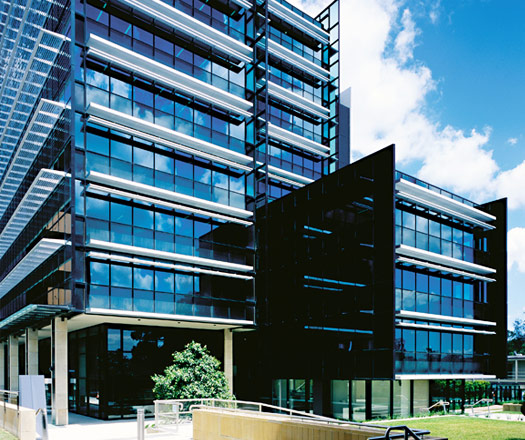
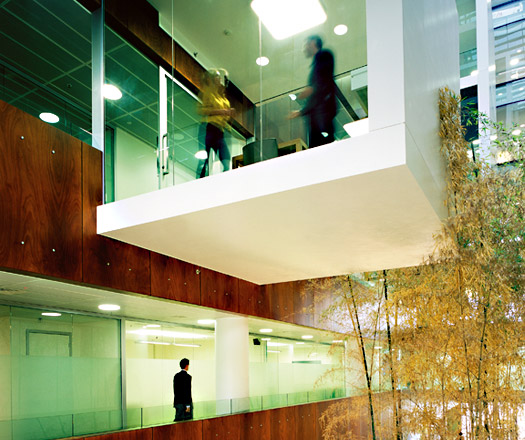
INDESIGN is on instagram
Follow @indesignlive
A searchable and comprehensive guide for specifying leading products and their suppliers
Keep up to date with the latest and greatest from our industry BFF's!
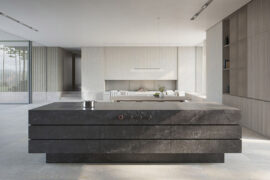
For those who appreciate form as much as function, Gaggenau’s latest induction innovation delivers sculpted precision and effortless flexibility, disappearing seamlessly into the surface when not in use.

For Aidan Mawhinney, the secret ingredient to Living Edge’s success “comes down to people, product and place.” As the brand celebrates a significant 25-year milestone, it’s that commitment to authentic, sustainable design – and the people behind it all – that continues to anchor its legacy.
Indesign’s Online Editor, Ben Morgan, interviews Ewan McEoin following his appointment as Creative Director of the Asia-Pacific Design Triennial.
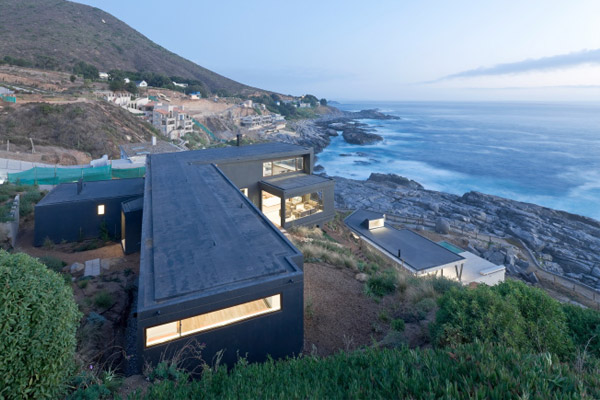
Located on the rocky coastline of Zapallar in Chile, ‘Catch the Views House’ epitomises the escapist function of the holiday home. Anna Guerrero reports.
The internet never sleeps! Here's the stuff you might have missed
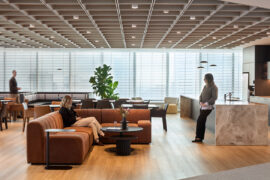
GroupGSA delivers MUFG Pension & Market Service’s Sydney HQ with a dual Japanese–Australian identity, blending precision, warmth and workplace flexibility.

Poised at the intersection of design and service, King Trade has launched a new dedicated hub in Bondi Junction, which offers tailored product, service and pricing for architects and interior designers.